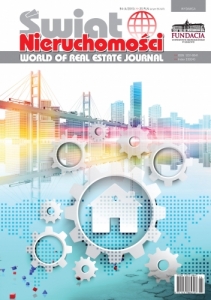The Comparison of the Retail Development in the Visegrad Group with Focus on the Development of Macroeconomic and Retail Indicators
The Comparison of the Retail Development in the Visegrad Group with Focus on the Development of Macroeconomic and Retail Indicators
Author(s): Andrej Adamuscin, Diana LiptajovaSubject(s): Economy, Business Economy / Management, Accounting - Business Administration
Published by: Fundacja Uniwersytetu Ekonomicznego w Krakowie
Keywords: economic growth;financial crisis;retail market;Visegrad Group (V4);macroeconomics indicators;retail indicators
Summary/Abstract: Twelve years after the EU accession and the financial crisis, the socio-economic progress in the Visegrad Group - V4 is plain to see, also demonstrated by the development in the V4 retail market. After the crisis years of 2008 and 2009, the retail market in the countries of V4 stabilised in 2010, but retailers were very cautious. They continued analysing their financial results carefully and many companies still looked to cut costs. Some retailers closed unprofitable stores in order to focus on those units which were profitable. Since 2012 growing optimism has been visible, which is proven by the continued growth in retail sales across the V4 countries. There are new drives for expansion, mainly from international retailers. The drive is not as aggressive as before the crisis and can be heavily impacted by the further geopolitical development, but still some improvement in the mood on the market is observed. The ratio of online sales to total retail sales continues to increase as e-retailers tested out new forms of electronic commerce to boost sales and attract consumers. The paper deals mainly with the comparison of development of the retail markets in the countries of V4 with an analysis of the development of macroeconomic and retail indicators after the financial crisis.
Journal: Świat Nieruchomości
- Issue Year: 2015
- Issue No: 94
- Page Range: 57-66
- Page Count: 10
- Language: English

